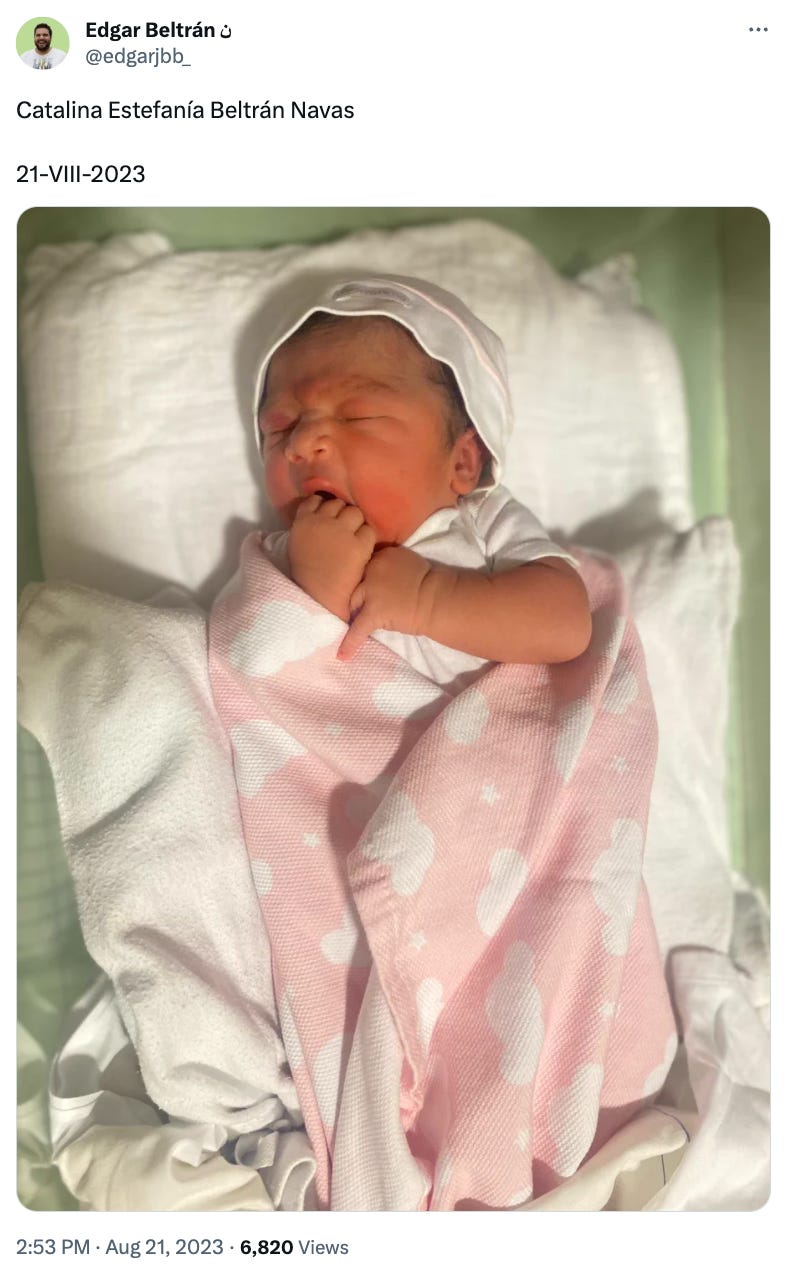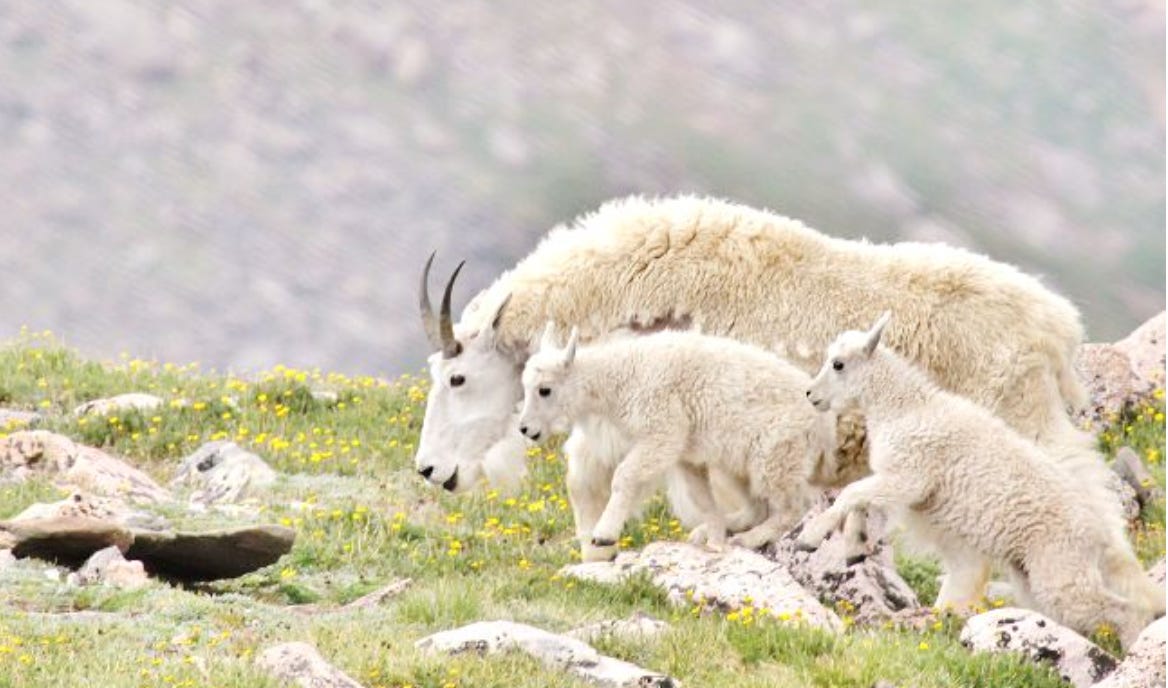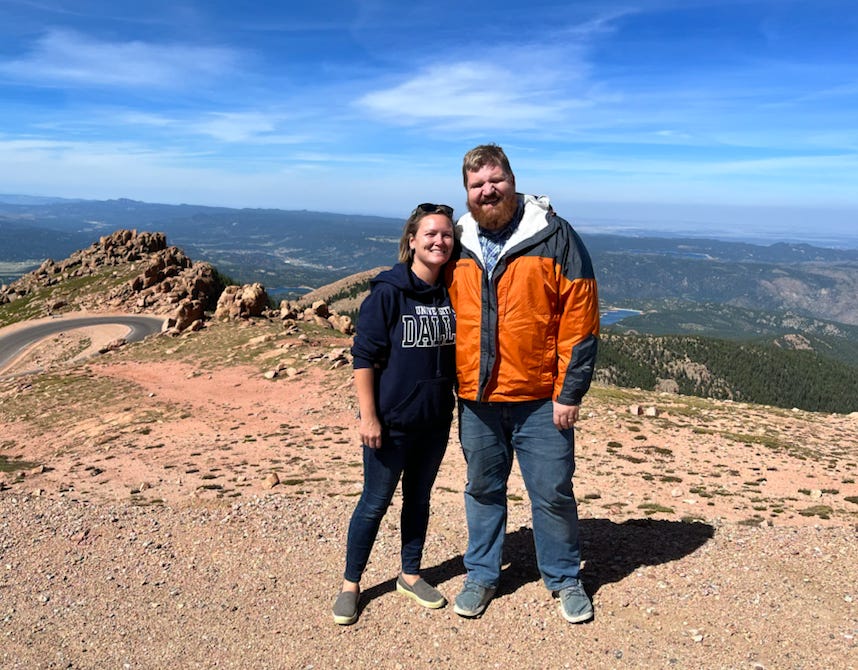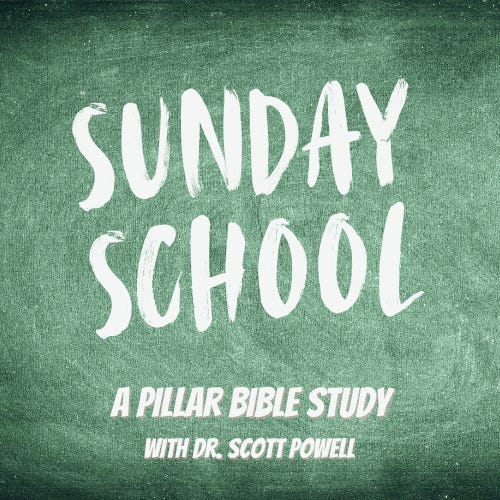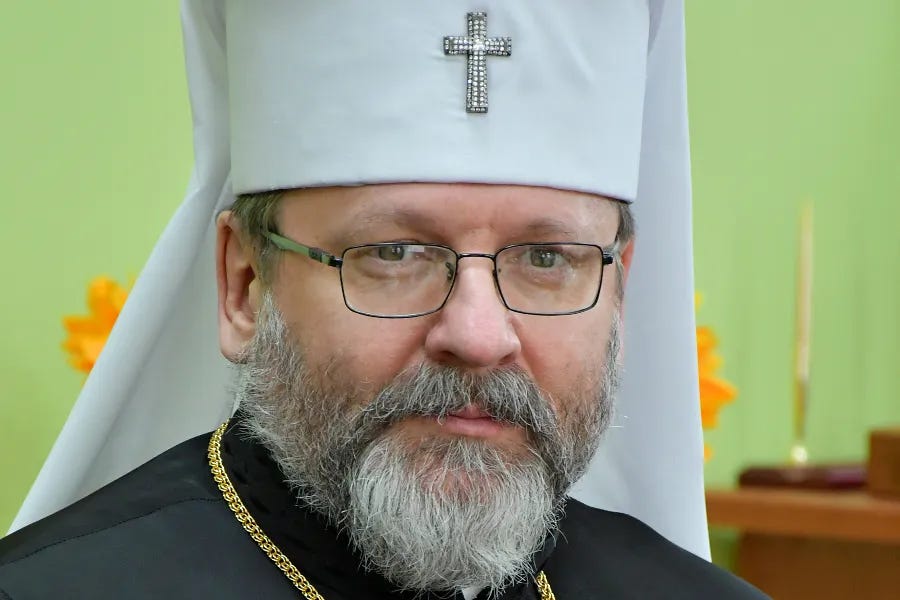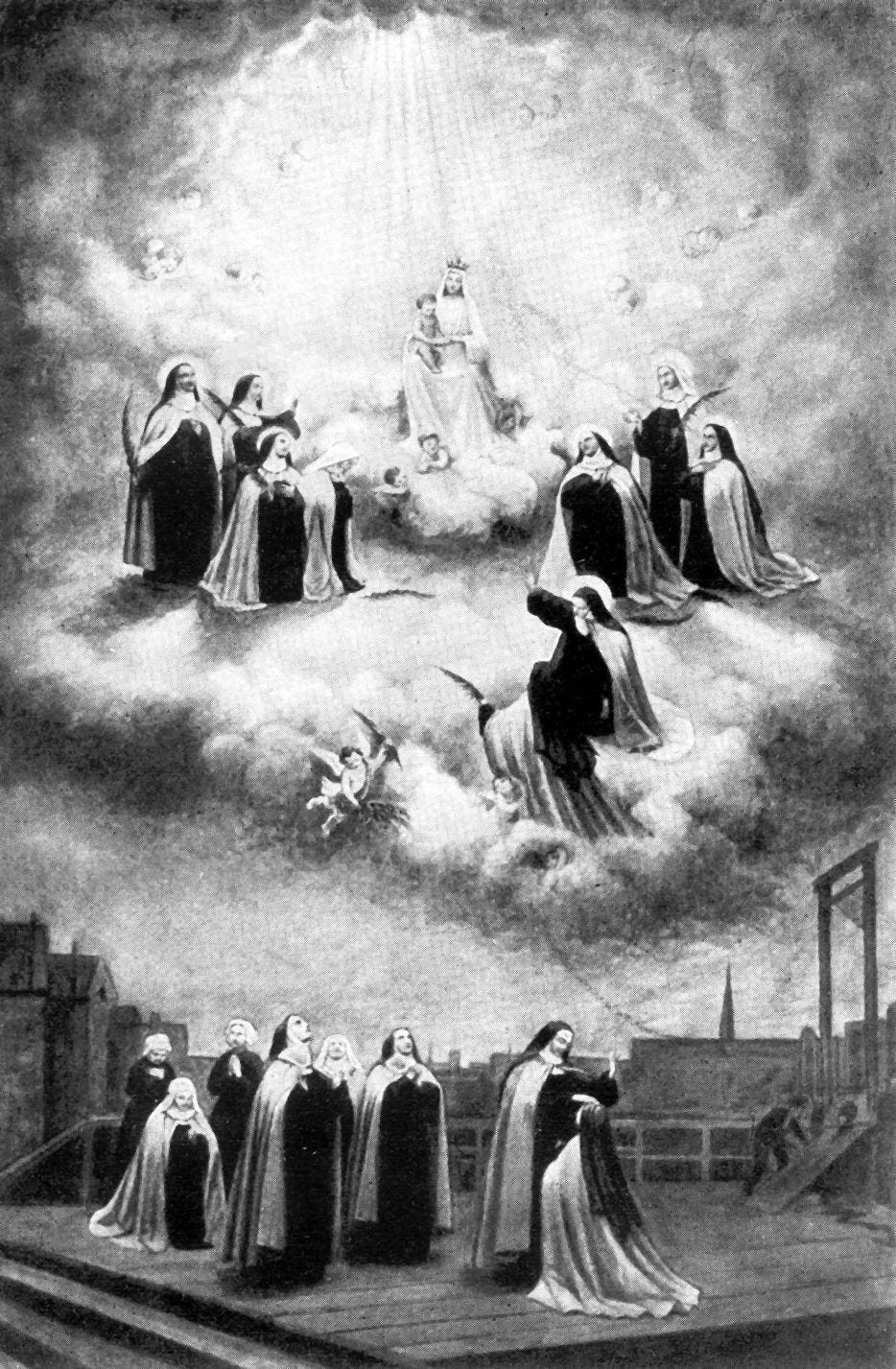Hey everybody,
Today the Church celebrates the Queenship of Mary, and you’re reading The Tuesday Pillar Post.
Many of the feasts and memorials I tell you about in The Pillar Post are ancient celebrations, some dating back to the earliest days of the Church, some no longer even on the Church’s universal liturgical calendar.
Today isn’t like that.
Mary has been recognized as the Queen of Heaven from the days of the early Church, to be sure, and correlated with the “woman clothed with the sun” and “crowned with 12 stars” in Revelation 12.
But the feast of Mary’s queenship is a relatively new celebration in the Church’s life — it was declared in 1954 by Pope Pius XII, who said that after horror of war across Europe, Mary was a consolation, and that her intercession is a source of hope against the apparent “victory of the powers of corruption” he observed in the world, which were a source of “great anguish.”
Fifteen years later, in 1969, Pope St. Paul VI moved the memorial to today — August 22 — making an octave of eight days from the Assumption to the celebration of Mary’s queenship in heaven.
The pope wanted to connect the Blessed Mother’s Assumption and her coronation, and he drew from Lumen gentium to do it:
“Mary was taken up body and soul into heavenly glory, and exalted by the Lord as queen of the universe, that she might be the more fully conformed to her Son.”
To be honest, I think we need that source of hope today.
Mary is the antidote to a lot of temptations for Christians — especially the contemporary temptation to reduce the faith to a rigid moral system, or to reduce it to a set of ideals, or to a culture.
The faith is a person — Jesus of Nazareth, the image of the invisible God. That person has a mother — the queen of heaven — to whom we can turn as our own, loving, mother.
Of course, it would be a good idea to pray the Glorious Mysteries today. But it would also be a good idea to have a family feast, if you can, or at least a summer cocktail, and to entrust the “great anguish” of our own lives and our own time to the Queen of Heaven and Earth — our mother.
The news
The Syro-Malabar Church faced a deadline this weekend, after clerics in the Indian Archeparchy of Ernakulam-Angamaly were directed to offer on Sunday the “uniform form” of liturgy in their Eastern Catholic Church, after years of defying their Church’s synodal directives on liturgical issues.
Well, they didn’t do it. In fact, hundreds of protesters on Sunday blocked the celebration of Holy Qurbana — the Syro-Malabar liturgy — at St. Mary’s Cathedral in Ernakulam, and across the diocese, protests prevented the “uniform mode” from being offered in other parishes.
The rubber has now met the road in the Syro-Malabar Church. Archbishop Cyril Vasil’, representing the pope, told priests to follow the liturgical norms established by their governing synod of bishops. They didn’t do so. Will he now issue penalties? Could dozens of priests face sanctions?
(And, if you’re among those readers looking for a history of what’s happening in India, you can start with this deep dive, from last summer. And look for even more on the theological meaning of all this, pretty soon.)
—
Gianluigi Torzi, the businessman at the center of the Vatican’s London property scandal, has started a new “business support services” company in the UK, even while he remains on trial for extortion and embezzlement in the Vatican, and is charged with tax evasion and money laundering in Italy.
Torzi hasn’t said what exactly he’ll do with his new company, but given his history, law enforcement across Europe are likely watching closely.
But who is Gianluigi Torzi? What has he done? What is he accused of doing? And how does he figure into the Vatican’s major financial trial?
Read all about it, right here.
—
On Friday evening the Carmelite nuns of Arlington, Texas, released a dramatic statement, in which they declared that they could “no longer recognize the authority” of Bishop Michael Olson, because, they said, he had abused their community.
The nuns and Olson have been the subject of a months-long tragicomic dispute playing out in the media, in which Olson has accused the Carmel’s superior of both sexual impropriety and drug abuse, and the Carmel has accused Olson of attempting a hostile takeover of their property.
Olson, for his part, has released an audio recording in which the superior seems to admit to sexual immorality — while the nun says that she was heavily medicated during those admissions.
Olson has also gotten the support of the Holy See, and been appointed the “pontifical commissary” of the monastery — an undefined term, but one that seems pretty well to mean he’s in charge.
Well, it’s for that reason that the diocese on Friday night told The Pillar in a statement that the nuns’ statement was “dangerously rebellious” and “reject[ed] formally the authority of the Holy See” to name him pontifical commissary.
—
On Saturday, Olson released his own statement, warning that the nuns of the Arlington Carmel “might” have excommunicated themselves, because of the “scandalous and schismatic” statement of the day prior.
Olson did not actually declare a penalty against the nuns — despite his authority to do so. He chose instead to warn that maybe the nuns were excommunicated, without explaining what he intended to do about all of that.
But even after we reported on that statement, I found myself curious why the bishop hadn’t followed a more typical canonical process to address the seemingly schismatic statement of the nuns. A lot of other people asked me about that as well.
Well, a diocesan official speaking on background told The Pillar yesterday that Olson has given the nuns instructions — among them, that they withdraw their Friday statement, and that Mother Teresa Gerlach, the Carmel’s superior, stop acting as superior, given Olson’s efforts to remove her.
The official also said that Olson has been unable in recent weeks to make changes at the monastery because of appeals lodged by the nuns at the Vatican’s Dicastery for Consecrated Life. Those appeals, however, are probably dead in the water in light of the nuns’ decision to stop recognizing Olson’s authority.
So what will actually happen with all of this?
Again, speaking on background, a diocesan official told The Pillar that most people close to the situation are expecting that Rome’s next step will be an apostolic visitation, conducted by someone from outside the diocese — and that part of the goal in that visitation will be to assess whether the nuns inside the Carmel understand the significance of the dispute between their superior and their bishop.
Other sources close to the case say that such a visitation is almost certainly the next step. But whatever happens, pray for the nuns, for their bishop, and for the people who have watched their scandalous dispute play out in real time.
—
Next, you’ve likely read about the closure of a Jesuit university in Nicaragua last week — the fourth Catholic university to be seized by the government in recent months. Jesuits who lived at the university have been scattered, and some will likely be exiled. The government has opened its own secular university on the campus of the Jesuit-run college.
As this situation plays out, it’s worth noting that the Society of Jesus has a long and interesting history in Nicaragua, and with the Ortega regime in particular. We expected to have a long and thorough report on that history today — and to share it with you in this newsletter.
But we don’t, and for a very good reason.
Our Latin American correspondent, Edgar Beltran, was only about 75% done with his reporting when he got a delightful interruption!
Pray for Mrs. Beltran, for the newly arrived Catalina Estafania, and even for Edgar.
And don’t worry — you can look for that reporting in a couple of days!
Funereal coherence
On Friday, The Pillar reported that Bishop Howard Hubbard of Albany was in the hospital after a stroke, and facing the prospect of death, had received the anointing of the sick.
On Saturday, The Pillar reported that Hubbard had died, at 84.
The bishop, God rest him, had one of the most ignoble reputations among the American episcopate.
Hubbard served a long tenure as Albany’s diocesan bishop — 37 years, from 1977 to 2014.
During that time, by his own admission, the bishop reassigned to ministry priests who had committed abuse, and failed to contact law enforcement, or follow canonical procedures, upon receiving reporting of abuse. Hubbard admitted in a deposition a few years back that he felt it would create “scandal” to allow allegations or reports of abuse to surface publicly.
The bishop himself was also accused — several times — of sexually abusing minors. The Albany diocese is being sued now by three alleged victims, but local media in Albany report that Hubbard has been accused 10 times in total — and was cleared in only a few of those cases by the review of an independent investigator. Hubbard was also accused of sexual activity involving Catholic adult men who might today be regarded as “vulnerable persons.”
Hubbard very proudly opposed the Church’s teaching on the ordination of women to the priesthood, and was frequently accused of laxity on other Catholic doctrine regarding sexual morality, and regarding liturgy.
Toward the end of his life, in November 2022, Hubbard requested laicization from the Vatican, so that he could marry a woman he’d fallen in love with. The Vatican said no, so Hubbard and his beloved underwent a civil marriage ceremony, effecting — as Albany’s current bishop has confirmed — an invalid marriage.
His final public act in life was to write a newspaper column, explaining that he had contracted that marriage, in defiance of the Church’s directives.
After he died, a PR firm contracted by Hubbard (before his death) released an obituary of the man, which praised Hubbard for his opposition to Catholic doctrine, and celebrated his invalidly contracted marriage.
Hubbard’s explicit rejection of the Church’s teaching and governance seemed to continue, even into his death.
Nevertheless, the Diocese of Albany announced yesterday that Hubbard will receive an ecclesiastical funeral on Friday, to be celebrated by Albany’s Bishop Edward Scharfenberger.
Canon law requires that "unless they gave some signs of repentance before death, the following must be deprived of ecclesiastical funerals: notorious apostates, heretics, and schismatics; those who chose the cremation of their bodies for reasons contrary to Christian faith; manifest sinners who cannot be granted ecclesiastical funerals without public scandal of the faithful."
The basis of this canon is what the U.S. bishops might call “funereal coherence” — the idea that it would be incoherent for the Church to offer a funeral Mass for a person whose life was, until the very end, lived in public explicit rejection of Catholic teaching.
Such a Mass would even seem to give scandal, by suggesting the person’s manifest opposition to Catholic doctrine or authority was insignificant, or of no concern to the Church. That scandal would be amplified if the person was a public figure who actively opposed Catholic teaching.
Hubbard is not an apostate, or formally a heretic or schismatic. There is no evidence that his body was cremated “for reasons contrary to the Christian faith.”
But his final months were lived in an objective and publicly manifest state of “incoherence” with Catholic doctrine, in an explicit defiance of that doctrine, and explicit defiance of the Church’s governing authority over his life. And the many years of his life before that were marked by ongoing opposition to Catholic doctrine and authority — to say nothing of his own record on sexual abuse, and the multiple allegations he faced personally.
It is possible that Hubbard repented of his manifest and public sins at the time of his death — and I genuinely hope that is so.
The fact that he received anointing of the sick suggests that could have happened — if he requested the anointing, or requested viaticum, that itself could be taken as a sign of repentance — and should be. The Church ought to be generous with mercy, always eager to see and affirm repentance.
It is also possible that towards the end of his life, Hubbard was out of his mind — though his comportment in his final months does not seem entirely out of character with his mode of life in the many years prior.
But whatever is true about the end of Hubbard’s life, the diocese has not made any of it clear to Catholics wondering why a bishop will celebrate Hubbard’s funeral Mass.
The diocese has announced only that the bishop will have a public ecclesiastical funeral, celebrated by his successor, and gave this vague statement to The Pillar last week:
“In someone’s personal or spiritual situation, there is not a public exposition of the nuances that may or may not affect the delivery of pastoral care. It is important to keep in mind the supreme law of the Catholic Church: the salvation of souls in Jesus Christ.”
The diocese has not yet responded to additional questions from The Pillar.
But I expect that many Catholics will have questions about a diocesan decision to extend to Hubbard a funeral — and want to know whether there was some “sign of repentance” before he died, or whether the Church’s norms on funerals are simply being ignored, out of some misplaced sense of being “pastoral” by disregarding canon law, or because of a reflexive cultural disposition not to cause embarrassment to the “legacy” of a bishop.
Funerals, by the way, are a public affair. And the diocese chose to announce publicly both Hubbard’s funeral, and his reception of the anointing of the sick. Similarly, the diocese chose to announce earlier this month that Hubbard’s attempted marriage was not valid, and that he remained a cleric when he invalidly attempted it.
In other words, the questions about this situation began with the information provided by the diocese itself.
It is therefore entirely fair that Catholics — who observed Hubbard’s life of publicly manifest sinfulness — will have questions. And it is entirely fair to expect the diocese to answer them — not by violating the internal forum, but because this situation has been press-released into the external forum.
Scharfenberger is among the U.S. bishops who have been willing to speak in recent years about the importance of “Eucharistic coherence.”
He is now likely to face real questions about whether “funereal coherence” applies to his brother bishop.
In the meantime, pray for the soul of Bishop Hubbard, for those who were hurt by his actions, and for those who must decide how to lead the Church in his wake. I’ll certainly be praying for those things.
‘Sheep go to heaven’
Like a lot of Coloradans, my wife and I feel generally some obligation to ascend to about 14,000 feet each year, lest we seem to waste the gift of living in our beautiful mountainous state.
And so on Sunday, we packed up the car with snacks and children, and ascended to the summit of Pikes Peak, some 14,115 feet, where we got donuts, and hiked around for a little while in our windbreakers and polar fleeces.
Along the way, we’d hiked a few times on the side of the mountain, promising the kids that when they get a bit bigger, we can climb the whole thing. (A promise I’m not sure I intend to keep.)
On the way down, we stopped for a while to watch some bighorn sheep, including some lambs, grazing in an alpine meadow.
Here are the sheep.
Here they are up close.
Now, to a lot of people, those animals might look like mountain goats. But they’re not. And it’s important to me that you know the difference.
Mountain goats, which look like this, are not native to Colorado:
They were instead introduced here in 1947 by tourism authorities, who thought they might be fun hunting, and provide the state some revenue from hunting licenses.
But mountain goats have proven to be awful for Colorado.
That’s no surprise. Jesus told us that goats are evil, and Jesus knows environmental biology.
Thousands of mountain goats live in our mountains. They eat too many native plants, and they carry diseases that infect bighorn sheep — our native fauna — while they compete with the sheep for food.
Mountain goat horns are basically a polished set of shivs, so mountain goats tend to win when they go head-to-head with even the toughest rams. And in recent years, the animals have seemingly been fighting a lot: for habitats, for water, and for the minerals they both need to lick out of the soil.
Where mountain goat populations grow, bighorn sheep populations decline. That’s why some national parks euthanize the goats in Colorado whenever they can.
While the bighorn sheep population is now fairly stable, habitat competition and limited mineral stocks means that we could be losing our bighorn sheep to the invasive mountain goat — and this could be exacerbated by Colorado’s changing climate.
But at the same time, mountain goats are dying off in some parts of Colorado — and researchers think it might be because of human waste, left behind by hikers and cyclists on Colorado’s mountains, and transmitting e. coli and other toxins to the goats.
That would leave us in a very strange situation. Goats chase off sheep. Poop kills goats. It’s a dystopian circle-of-life.
And it seems to me there is some kind of biblical metaphor in there, just waiting to be had. I’ll leave it to your imagination.
In the meantime, here’s my cute kids atop Pikes Peak:
And finally, Ed’s newsletter on Friday contained a kind of mini-subscription drive, in which he laid out for you a reality — The Pillar is a hugely important part of the Church’s life, a public accountability watchdog which aims for the Church’s holiness, and which depends on you, our subscribers, to actually make our work possible. We simply can’t do it without you.
Ordinary subscription churn — expired credit cards, people who lose their jobs, people who enter religious life — means that we need to keep growing our subscriber base every single month — we give this away for free, and ask you to pay for The Pillar if you benefit from it.
Some of you took up Ed’s invitation, and became subscribers, or increased your subscription. Thank you.
Some of you meant to subscribe - or increase your subscription - and then got distracted by some open tab on your browser. So this is another chance to get it done. We depend on you — and we’re grateful for you.
Anyway, don’t forget to toast the Blessed Virgin Mary.
We’ll have a lot more news coming your way this week.
Please be assured of our prayers, and please pray for us. We need it.
In Christ,
JD Flynn
editor-in-chief
The Pillar


